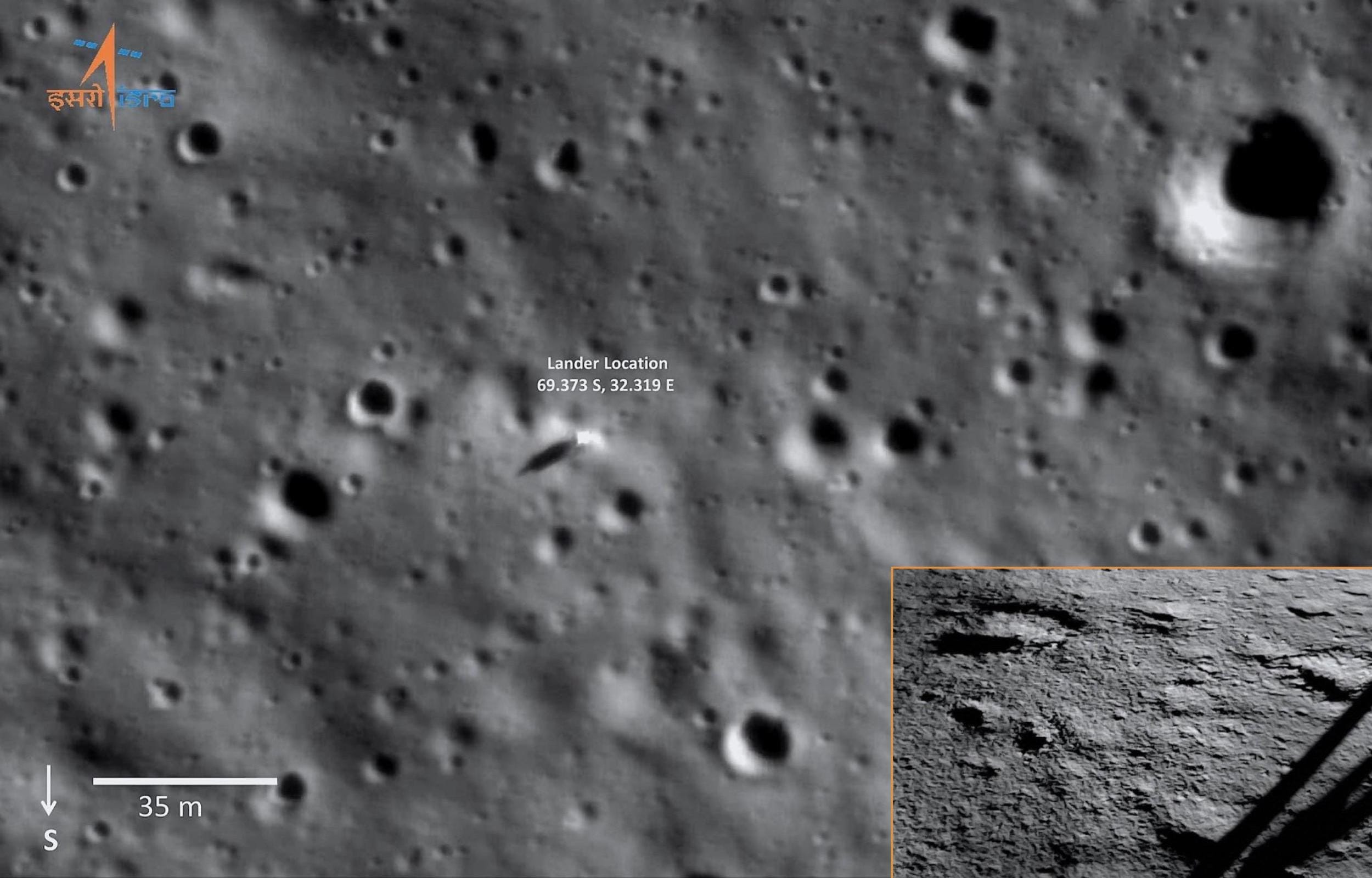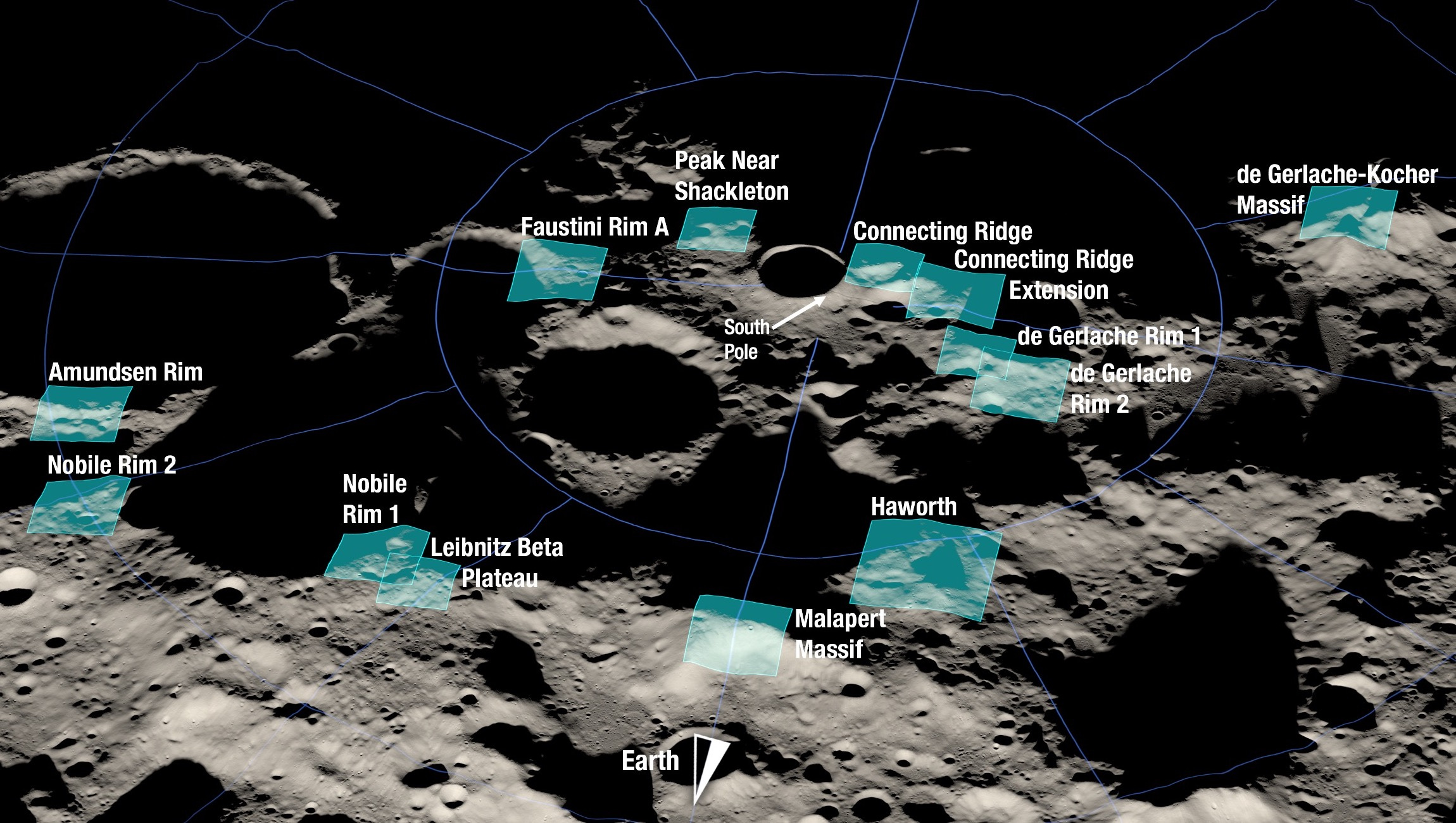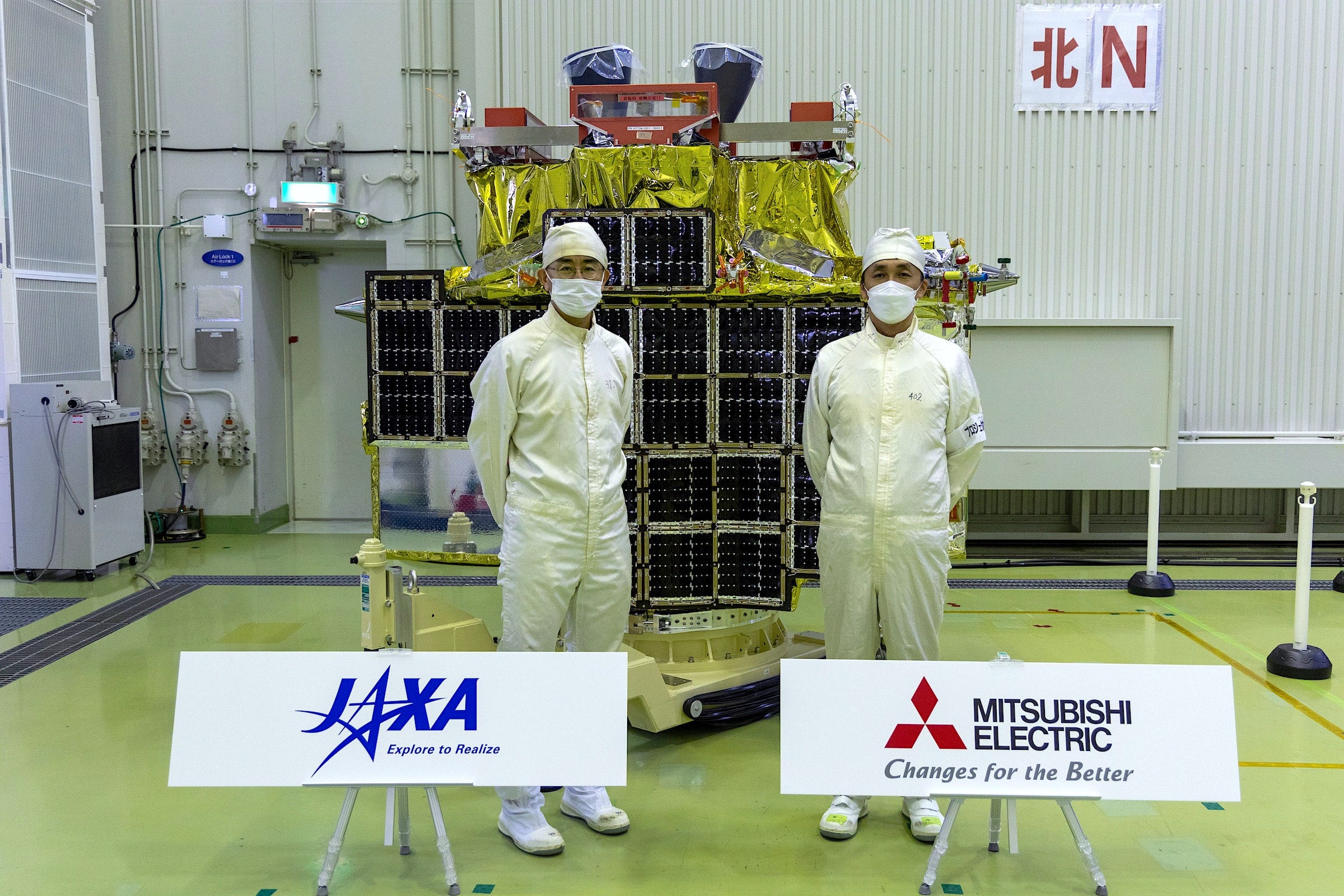Moon Monday #142: Chandrayaan 3 specifics, Artemis III science update, and more
So Nature quoted and linked to my Moon Monday newsletter in an Editorial on the success of ISRO’s Chandrayaan 3 Moon landing! :')
An overview and specifics of Chandrayaan 3’s historic touchdown on our Moon

On August 23 at 12:33 UTC, ISRO’s Chandrayaan 3 robotic lander triumphantly touched down on the Moon near its south pole at 69.37°S, 32.32°E, making India only the fourth country to achieve the feat of a soft lunar landing. I spoke to several lunar lander engineers to lay out how Chandrayaan 3 autonomously orchestrated the firing of its engines based on sensor inputs throughout the nerve wracking ~19-minute descent:
In a post-landing interview with Republic World, ISRO Chief S. Somanath said that Chandrayaan 3’s descent and landing went so nominally that the laser doppler velocimeter ISRO had added for redundant velocity measurements didn’t end up being required. Here’s a time-lapse of the lander’s descent as viewed from one of its side cameras; lookout for the cool hover phase. Chandrayaan 3’s touchdown on the surface was smooth, with a vertical velocity of 0.983 meters/second—notably less than the nominally expected upper bound of 2 meters/second.
The final location of 69.37°S, 32.32°E places Chandrayaan 3 just ~350 meters away from the targeted spot, which is well within the target landing zone of 4 by 2.5 kilometers. It’s even more impressive when we consider that in the final descent phase the lander swiftly identified the area beneath it to be unsafe for touchdown and the live data graph at Mission Control read “RE-TARGET”, which it then did! To thank for this graceful maneuver is Rinku Agrawal of ISRO-SAC who led the team that developed the processing unit of the hazard detection and avoidance system.
Not a polar landing
ISRO, most media publications worldwide, and many social media influencers have been touting Chandrayaan 3 as the first mission to land on the Moon’s south pole. This is incorrect. Conditions unique to polar areas, especially when talking about the relatively large water ice deposits, such as permanently shadowed regions and adjacent maximally sunlit topographic highs are only prominent from 80° latitude onward, not around 70° where Chandrayaan 3 landed. Some of the very ISRO scientists involved in selecting and characterizing the landing site call it a “high latitude” region. The polar map view below makes the fact more clear.

Having said that, Chandrayaan 3 is closer to the Moon’s south pole than any mission thus far. Its broadly similar environmental and operational characteristics for sunlit areas make the mission more challenging than past missions and is worthy of respect in itself, without needing to be ostensible. And if one must talk about the water-related opportunities, they’re there too but in more nuanced ways, something I wish people focused on instead.
Surface exploration begins
Chandrayaan 3 landed shortly after local sunrise to maximize the solar-powered lander and rover’s surface operations lifetime to an entire period of lunar daylight (14 Earth days). The more challenging local thermal environment than expected meant the rover’s rollout, attaining full charge, powering on of its two spectrometers, and mobility checkouts took almost an Earth day longer. From August 25, the rover began exploring the geologically rich landing region. Relatedly, with the rover retreating from a 4-meter wide crater it encountered yesterday, Chethan Kumar’s report on what makes operating the compact 26-kilogram vehicle a challenge is even more timely.
ISRO powered on the lander’s three active instruments on August 24, and first temperature measurements from its thermal probe are already out. It shows how quickly temperatures dropped from about 50° Celsius to sub-zero with only eight centimeters of insulating lunar regolith.
Some immediate effects of Chandrayaan 3’s landing success
- When visiting Chandrayaan 3 Mission Control at ISRO ISTRAC on August 26, the Indian Prime Minister announced that August 23 will be celebrated as National Space Day in the country going forward.
- The market cap of publicly traded Indian aerospace companies that had supplied parts to Chandrayaan 3 went up by $2.5 billion before the landing and more than double that after.
- The Indian Prime Minister proposed that the BRICS group of Brazil, Russia, India, China, and South Africa form a space exploration consortium, which could extend the current data sharing cooperation on a few Earth observation satellites between the five nations to the Moon and beyond. If at all this proposal produces something tangible, a currently non-existent lunar collaboration between India and China might come out of it.
Chandrayaan 3 reading menu
- As usual, r/ISRO subreddit admin u/Ohsin is compiling an excellent rundown of post-landing events. It’s better than following ISRO’s own seemingly random or at least non-contextualized updates.
- A neat webpage by ISRO on the organizational anatomy of Chandrayaan 3
- India’s role in the global return to our Moon
My experience watching the landing from ISRO ISTRAC
I was at ISTRAC as a media person representing Scientific American. After Chandrayaan 3 made it to the Moon, it was priceless to see the sheer joy on the faces of many of the people who worked on the mission in person. As for me, I was too tense to cheer the moment of touchdown as I was busy updating and double-checking all the numbers from streaming graphs for my Chandrayaan 3 landing article per actual events. It was such a tense, agile, and euphoric experience plus learning opportunity. 🚀
Many thanks to Epsilon3 and Marc Rayman for sponsoring this week’s Moon Monday.
NASA advances science planning for historic return of humans to the Moon

NASA aims to land astronauts on the Moon mid-decade with Artemis III. While the agency’s selection of the SpaceX Lunar Starship lander in 2021 and Axiom spacesuits in 2022—over and above the standard SLS rocket and Orion spacecraft present in every Artemis mission—largely represent the technology stack to be used for Artemis III, the science end has been catching up lately.
After releasing a request for proposals in January, NASA has now announced the 12-person Artemis III Geology Team led by Brett Denevi. The competitively selected team, with a $5.1 million budget, will specify Artemis III’s science objectives, help plan and optimize the crew’s activities and traverses, and provide sampling strategies for water ice and more lunar materials of interest. The team will also be involved in pre- and post-mission activities such as astronaut training, initial studies of returned samples, and writing preliminary mission science reports.
Below is the timeline for all previous milestones in Artemis science planning.
- December 2020: The mission’s Science Definition Team laid out their priorities.
- March 2022: NASA revealed the Artemis science structure, comprising an internal NASA Science Team, an external Geology Team, Participating Scientists (which will include international researchers), and an Instruments Team.
- August 2022: NASA announced 13 candidate landing zones for Artemis III. The agency has since been soliciting community input to downselect from said sites.
- March 2023: NASA announced Dr. Noah Petro as the mission’s Science Lead.
- May 2023: NASA solicits competing proposals for instruments to be deployed on Artemis III, and with it the selection of the Instruments Team.
Note how the Geology Team is different from the existing Artemis Science Team, which consists of several NASA researchers common across all Artemis missions to ensure that high-level lunar science goals of the US scientific community are being kept in mind at every stage of Artemis planning. They also interface between each Artemis Geology Team and the rest of NASA.
Moreover, joining the Artemis III Geology Team will be ~10 Participating Scientists, also to be competitively chosen. This call will be open to international researchers. NASA is currently collaborating with ESA, JAXA and CSA for the same.
More mission updates

- JAXA’s SLIM Moon lander’s launch on the Japanese H-2A rocket has been postponed due to high upper winds. No specific date for launch is set yet but the launch window runs through to September 15. The compact lander aims to demonstrate pinpoint lunar touchdown (~100-meter accuracy) with a low mass of just 730 kilograms. To that end, SLIM will attempt to land somewhere within the rocky ejecta of the 300-meter wide Shioli crater.
- Russian researchers simulating the trajectory of the Luna 25 Moon lander predict the spacecraft to have crashed around 57.9°S, 61.5°E, which lies in the 42-kilometer wide Pontecoulant G crater. Roscosmos is considering repeating Luna 25’s objective to land on the Moon with another try by 2026.
- The Canadian Space Agency is funding seven biology-related experiments totaling $1.25 million to be onboard the upcoming NASA-led Gateway international lunar orbital habitat.
More Moon
- South Africa signed an agreement to contribute to the China-led long-term scientific Moonbase on the Moon’s south pole called the International Lunar Research Station (ILRS), Rachael Zisk reports. It isn’t clear what South Africa’s role would be but a ground station is a good guess, something the country’s space agency is providing to NASA as well for high bandwidth communications during Artemis crewed missions. Relatedly, Venezuela formally joined ILRS on July 17 with ground station infrastructure being its key contribution.
- Space pioneer James Burke passed away on August 21. Among his many contributions to space and lunar exploration is managing of the Ranger program, wherein multiple spacecraft intentionally smashed into the Moon to get up-close views of the lunar surface which is what helped NASA select safe landing regions for the Apollo crewed missions.
- If you’d like to hear me speak instead of write for a change, I appeared on the Innocence Theory Podcast to geek out about our Moon and Chandrayaan 3. So much that they needed to make two parts. I also spoke briefly on NPR.
